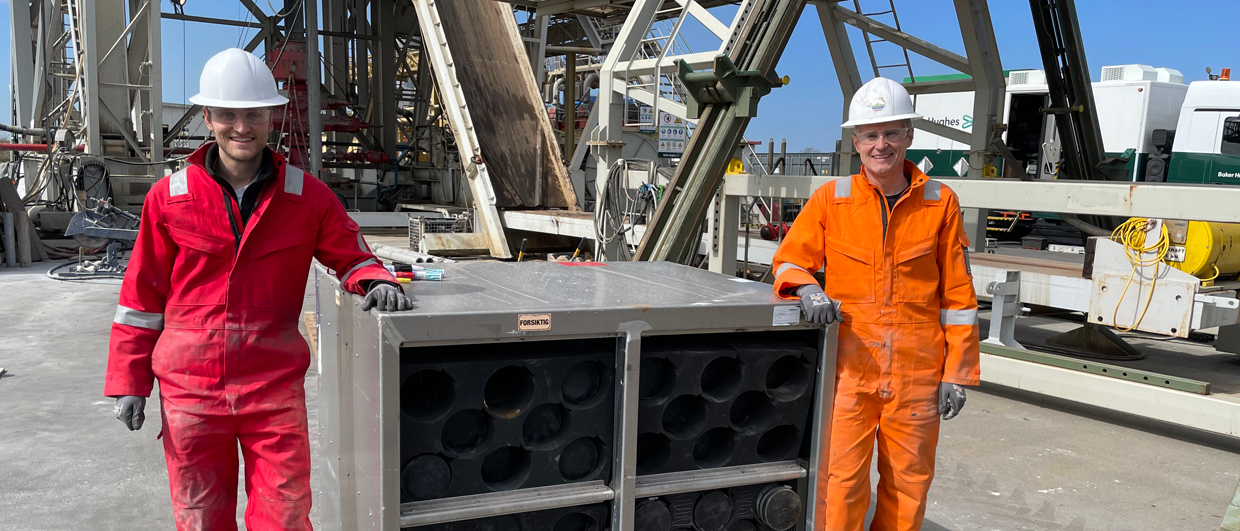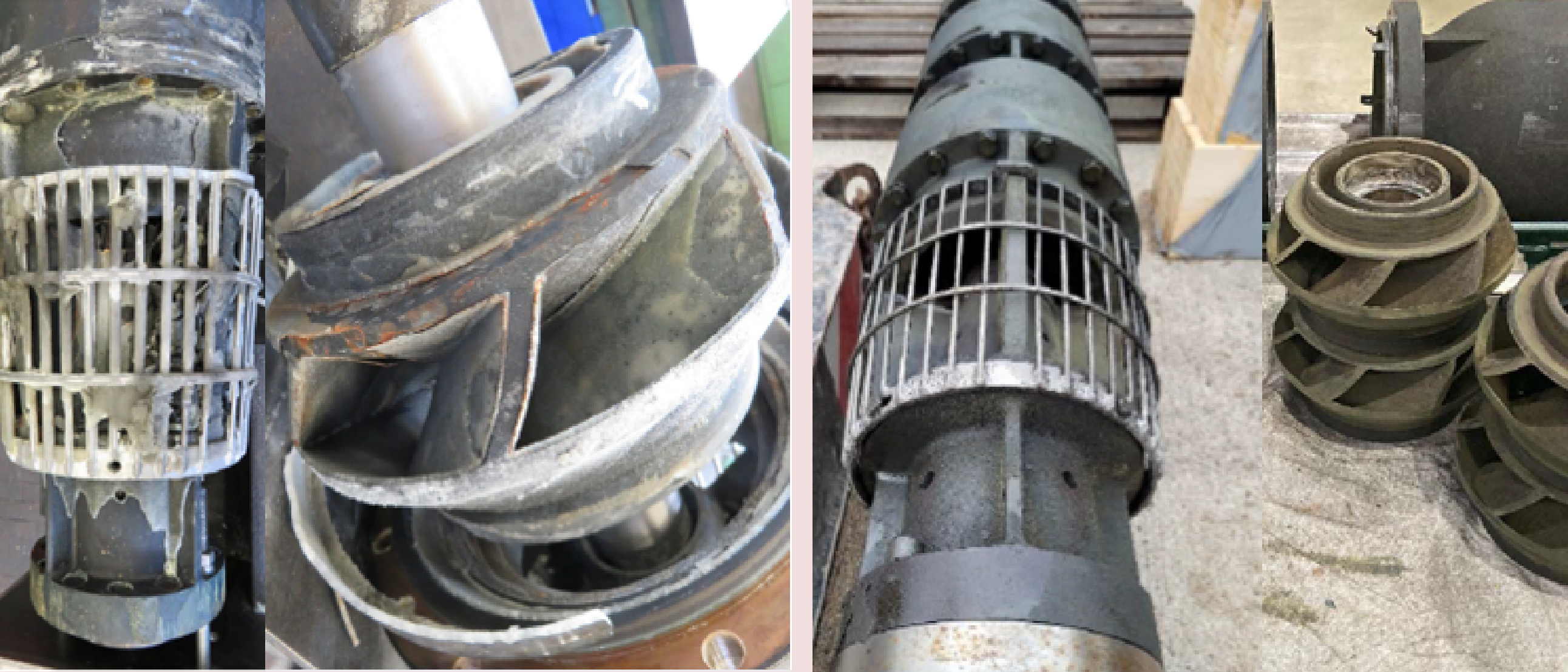Oil and gas production in Germany goes back a long time. It was near Hannover, in a village called Wietze, where the first shallow oil production took place in 1859.
Following the discovery of oil and gas in Zechstein carbonates and subsequently deeper Rotliegend reservoirs in the late 1950s and early 1960s, many fields were discovered in the northern part of Germany (see map below).
Now, about 70 years later, exploration has basically come to an end and most fields are at the tail end of their lives. It is no surprise that ExxonMobil has already put its German assets on the market.
However, with Russian gas imports being drastically reduced and prices skyrocketing, there may be an incentive to start looking for additional domestic resources again. Is this going to happen?

Probably not, and this is why
First, there seems to be a consensus that there is very little to explore for left onshore Germany. Many wells have been drilled and a wide variety of plays have been thoroughly tested.
As a person with knowledge of the matter said: “I don’t think that onshore exploration will become a thing again in Germany. Technically, Germany is exploited.”
There are some small undeveloped discoveries left, for instance in the area close to Berlin in the east of the country. However, the problem with these accumulations is that they are mostly filled with nitrogen, with only a small percentage of methane.
Infill drilling and field redevelopments form a more likely scenario to boost production from existing assets. Examples of this are Neptune developing the Adorf gas field close to the Dutch border and plans to carry out infill drilling in the Römerberg oil field in the south of the country in the Rhine Valley Graben.
Another reason why any exploration drilling will be difficult in Germany is the opposition these activities were met with in the recent past. Even now that energy has become much more expensive, it is to be expected that local resistance will still be high should any plans unfold.
Attend the Norwegian Continental Shelf Exploration Strategy Conference (23-24 November in Stavanger) and hear how operators in Norway are adapting to the new energy situation in Europe.
Some more room for the North Sea
There may be more room for the North Sea, where the German government has recently made a U-turn when it comes to exploring for oil and gas offshore. This also probably explains why the development of the N05-A discovery, which straddles the Dutch-German median line, is now going ahead. Although drilling will take place from the Dutch sector, wells are planned to deviate into German territory. Before the energy crisis started earlier this year, it seemed that even that activity was a no-go for Berlin.
In addition, the German North Sea sector is much less explored than its onshore counterpart, which is another reason why some activity could be seen offshore. The question then remains how long-lived the current gas price environment will be. Before any new find will come on stream, it can easily be 10 years later.
So, in hindsight, ONE-Dyas discovered N05-A at the right time. Whether any new discoveries will be made in Germany on the back of the current geopolitical situation is very much the question.
HENK KOMBRINK





